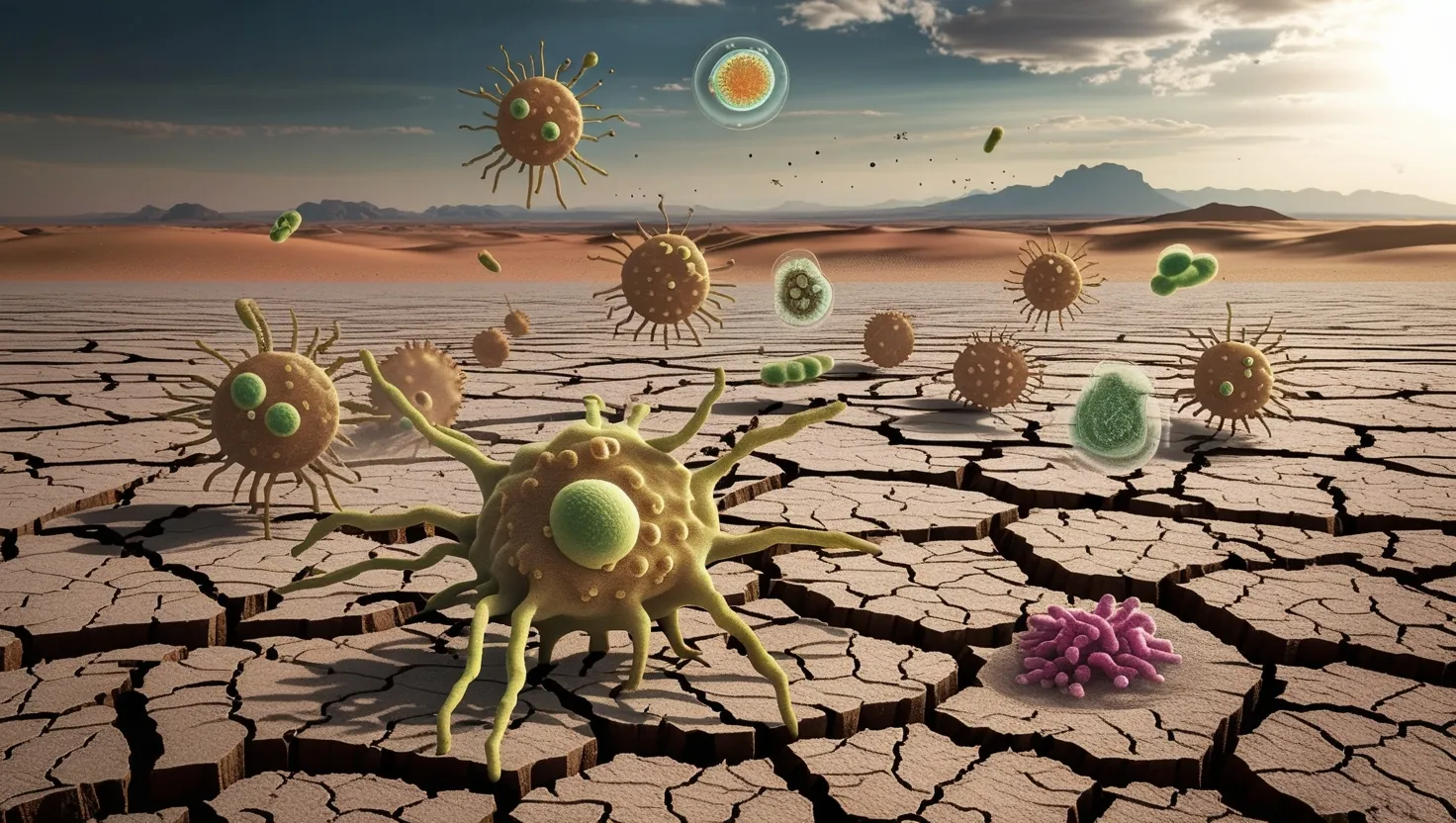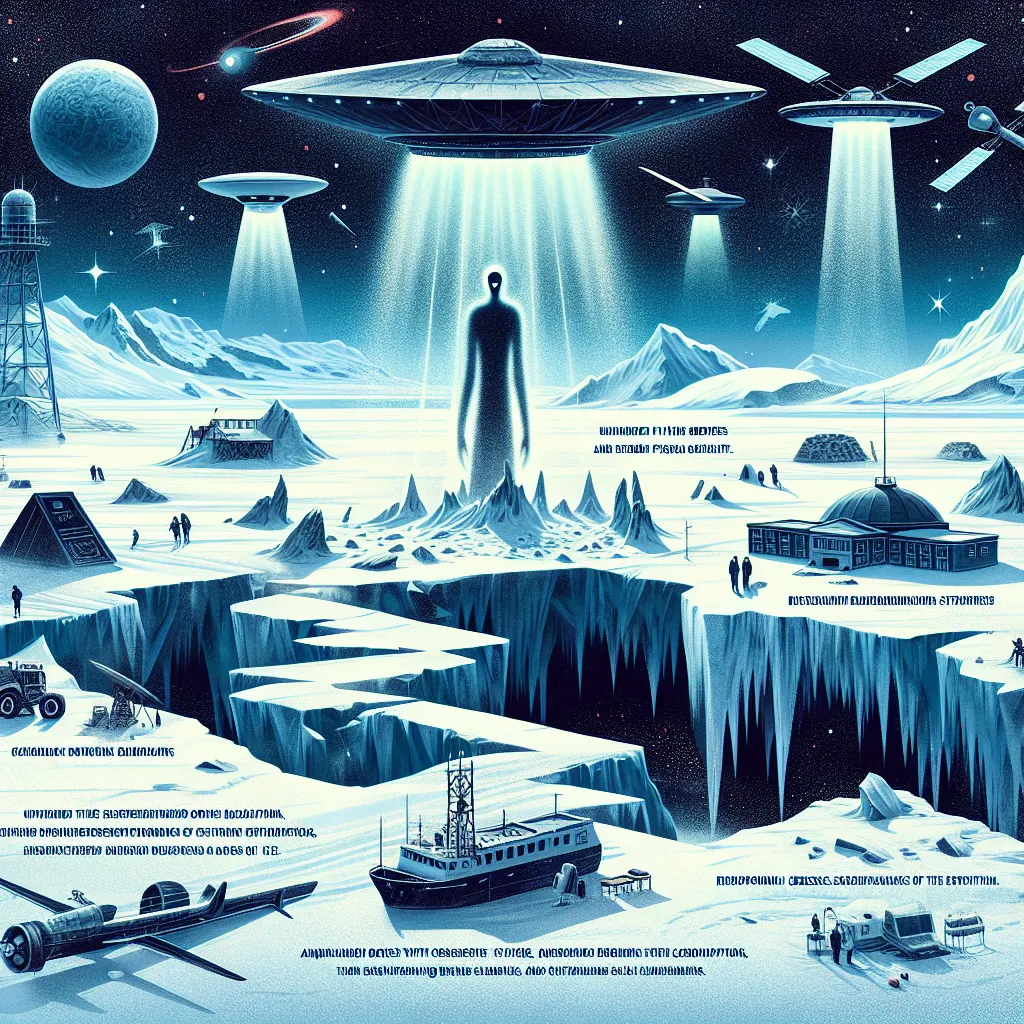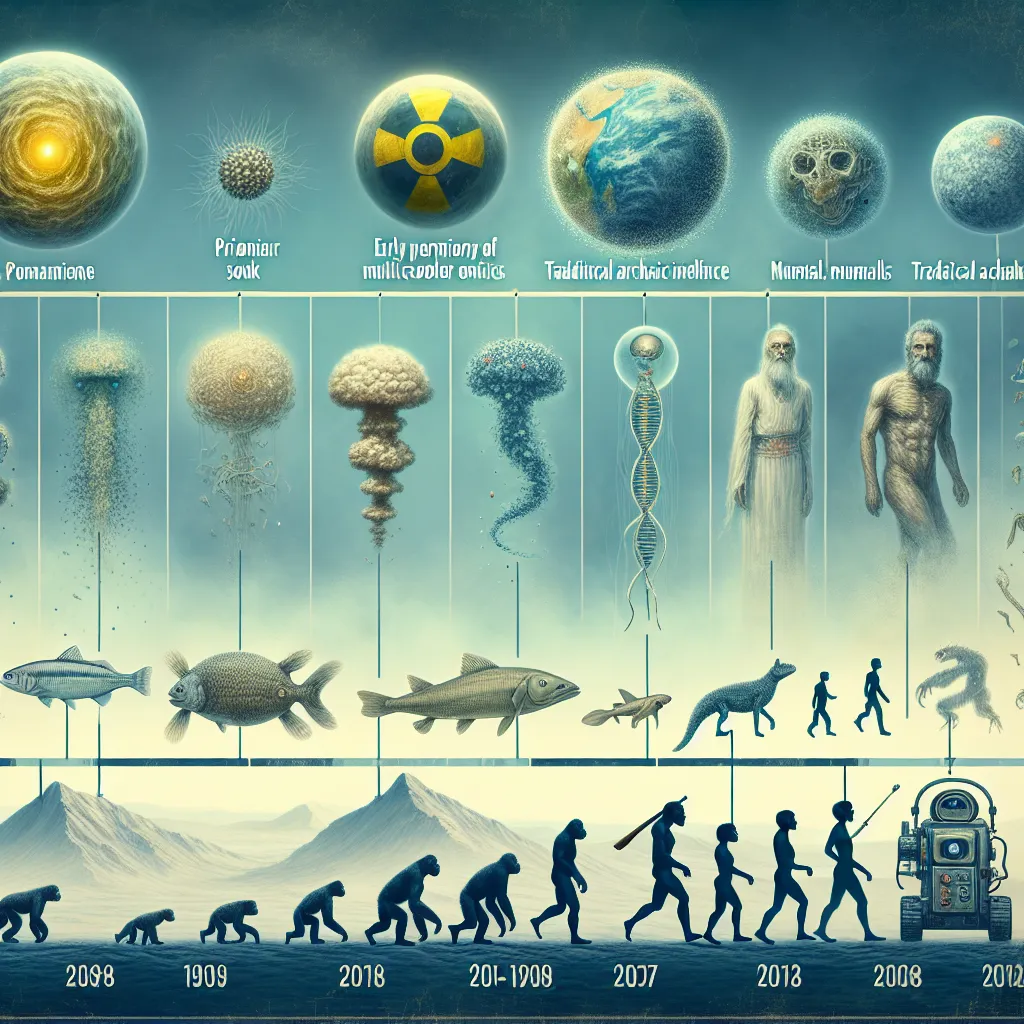In the heart of Chile’s Atacama Desert, where the ground cracks with thirst and the air shimmers with heat, life finds a way. This isn’t just any life, mind you, but some of the most resilient and fascinating microorganisms ever discovered. These tiny survivors have made their home in one of the most inhospitable places on Earth, and in doing so, they’ve rewritten our understanding of what it means to be alive.
Imagine a place so dry that it makes the Sahara look like a tropical paradise. The Atacama receives less than 2mm of rainfall annually in some areas. That’s less water than you’d find in a teaspoon. Yet, in this barren landscape, microbes thrive, defying everything we thought we knew about the limits of life.
These aren’t your average microbes. They’re extremophiles, organisms that love extreme conditions. But even among extremophiles, the Atacama’s microbes are in a league of their own. They exist in a state of suspended animation, barely alive, yet not quite dead. It’s as if they’ve found a loophole in the rules of life itself.
“In the midst of winter, I found there was, within me, an invincible summer.” - Albert Camus
This quote perfectly captures the spirit of these resilient microbes. In the midst of the driest desert on Earth, they’ve found an invincible will to survive. But how do they do it?
The secret lies in their unique metabolic state. These microbes have essentially pressed the pause button on life. They require almost no water, yet somehow maintain basic cellular functions and even repair their DNA. It’s like they’ve mastered the art of biological time travel, freezing themselves in time until conditions improve.
When scientists expose these microbes to water in the lab, something magical happens. Within hours, they spring back to life as if nothing had happened. No cellular degradation, no loss of function. It’s as if they’ve been waiting patiently for centuries, ready to pick up right where they left off.
But here’s where things get really interesting. When scientists looked at the DNA of these microbes, they found something extraordinary. Some sequences appear to have remained unchanged for over 200 million years. Two hundred million years! That’s older than many dinosaurs. How is this possible?
This genetic stability flies in the face of everything we know about evolution. Even dormant organisms are supposed to experience genetic drift over time. But these microbes seem to have found a way to pause evolution itself. It’s like they’ve discovered the fountain of youth for DNA.
What do you think this could mean for our understanding of evolution? Could there be other organisms out there that have found ways to pause or slow down evolutionary processes?
As if their time-defying genetics weren’t impressive enough, these microbes have another trick up their microscopic sleeves. They’ve developed unique ways to harvest energy from the air itself. Using previously unknown photosynthetic mechanisms, they can capture and use carbon dioxide, nitrogen, and other trace elements from the atmosphere. And they do all this without liquid water as a medium for chemical reactions.
It’s like they’ve developed a way to breathe the desert itself, extracting life from the very air around them. This ability challenges our fundamental understanding of what’s necessary for life. If these microbes can survive on air alone, what other seemingly impossible feats might life be capable of?
“Life finds a way.” - Dr. Ian Malcolm, Jurassic Park
While this quote comes from fiction, it perfectly encapsulates the reality of these Atacama microbes. Against all odds, in one of the harshest environments on Earth, life has indeed found a way.
But the surprises don’t stop there. These microbes are also incredibly resistant to radiation. They can withstand UV exposure levels that would be lethal to any other known life form. It’s as if they’ve developed their own internal sunscreen, protecting their delicate DNA from the harsh desert sun.
This radiation resistance has scientists excited for reasons beyond just understanding life in the Atacama. Could these microbes hold the key to protecting astronauts from cosmic radiation during long space flights? Could their cellular protection systems inspire new treatments for radiation exposure or even cancer?
The implications of these microbes extend far beyond the borders of the Atacama. They’re forcing us to reconsider what we thought we knew about the minimum requirements for life. If life can exist in the Atacama, where else might it be hiding?
Could similar microbes exist on Mars, a planet with conditions not unlike the Atacama? What about the icy moons of Jupiter or Saturn? These Atacama extremophiles have expanded our understanding of where life might be possible, not just on Earth, but throughout our solar system and beyond.
As we continue to study these remarkable organisms, we’re left with more questions than answers. How did they evolve these extraordinary abilities? What other secrets might they be hiding? And perhaps most intriguingly, what can they teach us about the origins of life on Earth?
These microbes may be living fossils, windows into Earth’s distant past. By studying them, we might gain insights into how life first emerged on our planet billions of years ago. We might even glimpse the kinds of organisms that could have seeded life on Earth from space, if such panspermia theories prove true.
“The most beautiful thing we can experience is the mysterious. It is the source of all true art and science.” - Albert Einstein
The Atacama microbes embody this sense of mystery and beauty. They challenge us, inspire us, and remind us that the universe is far more wondrous and surprising than we could ever imagine.
As research continues, who knows what other marvels we might discover in the parched soils of the Atacama? What other impossible life forms might be waiting to be found in the extreme corners of our world? And how might these discoveries reshape our understanding of life itself?
In the end, these tiny microbes in Earth’s driest place remind us of a profound truth: life is incredibly tenacious, adaptable, and full of surprises. They teach us to never underestimate the power of life to persist, even in the most unlikely places.
So the next time you find yourself facing seemingly insurmountable odds, remember the microbes of the Atacama. If they can thrive in the driest place on Earth, just imagine what you might be capable of.
What impossible challenges have you overcome in your own life? How might the lessons of these resilient microbes inspire you to face your own personal “deserts”?
As we continue to explore and understand our world, let’s keep our minds open to the possibility of the impossible. After all, in a universe where microbes can live on air in the driest place on Earth, who knows what other wonders await our discovery?






